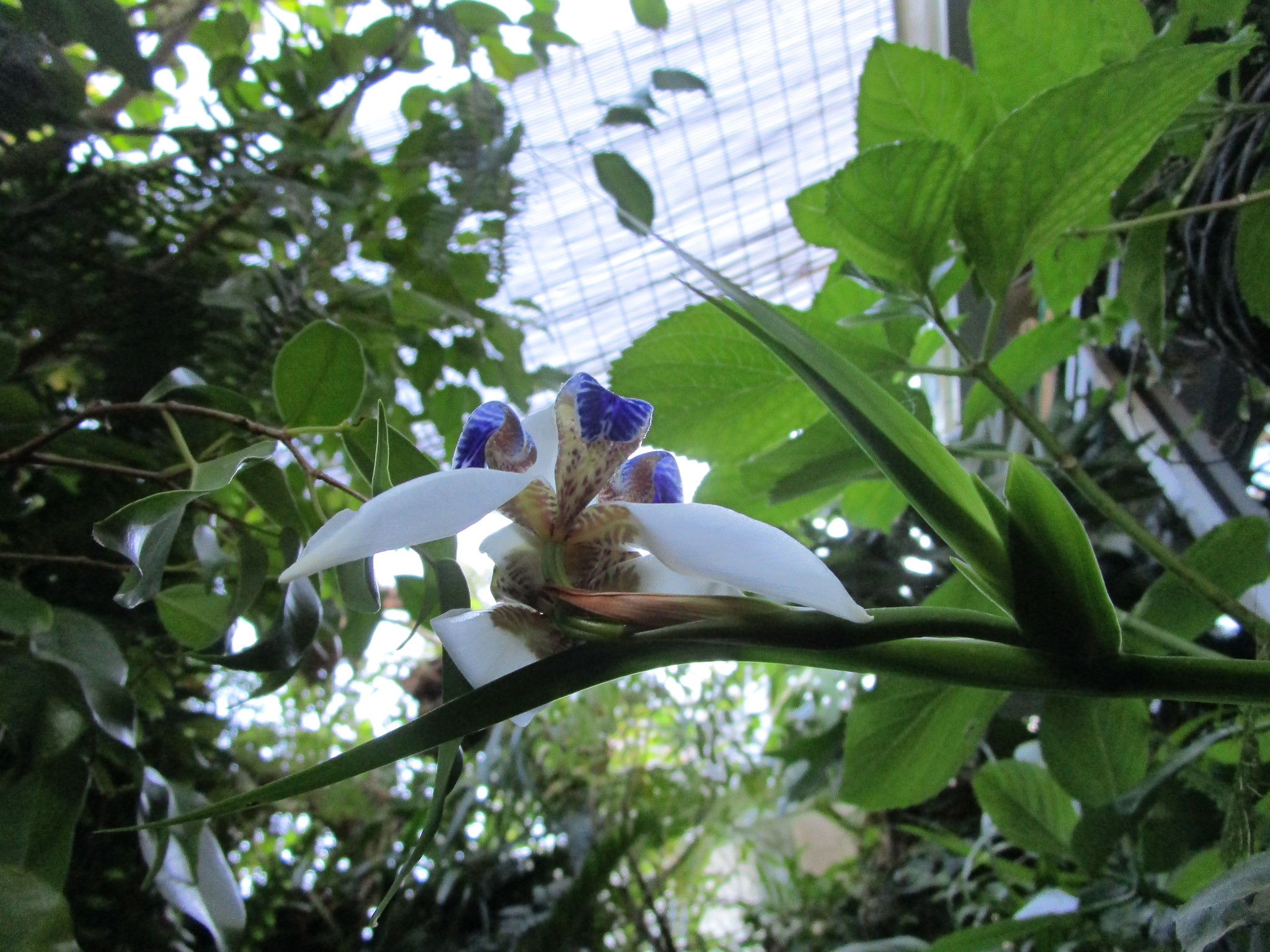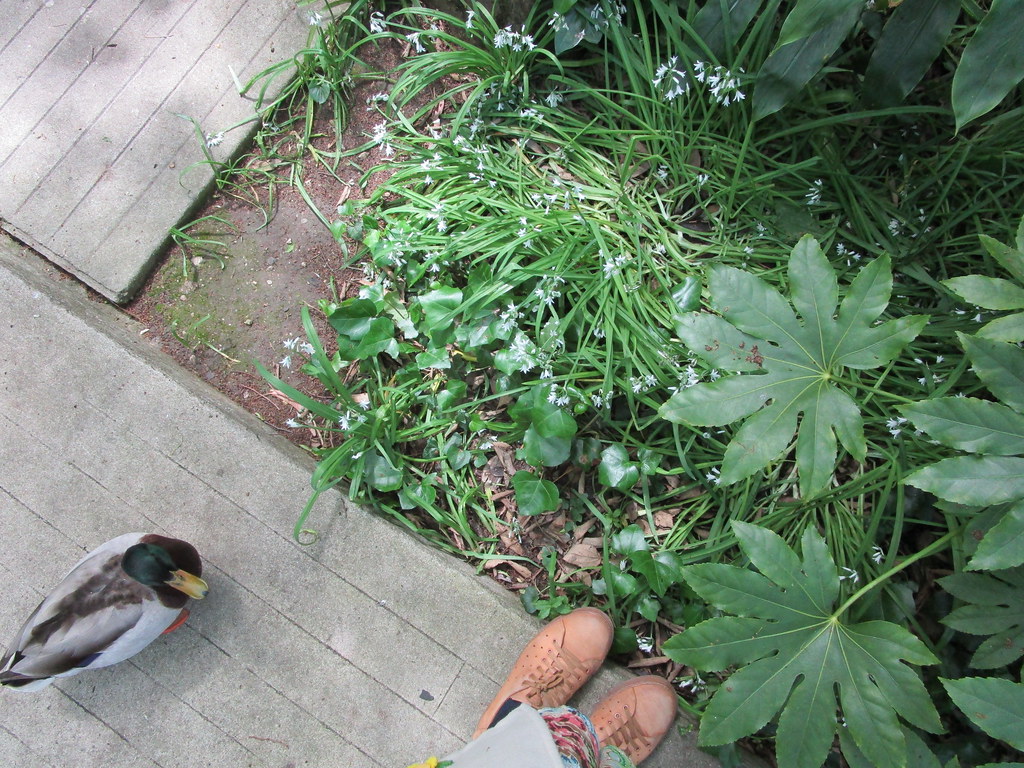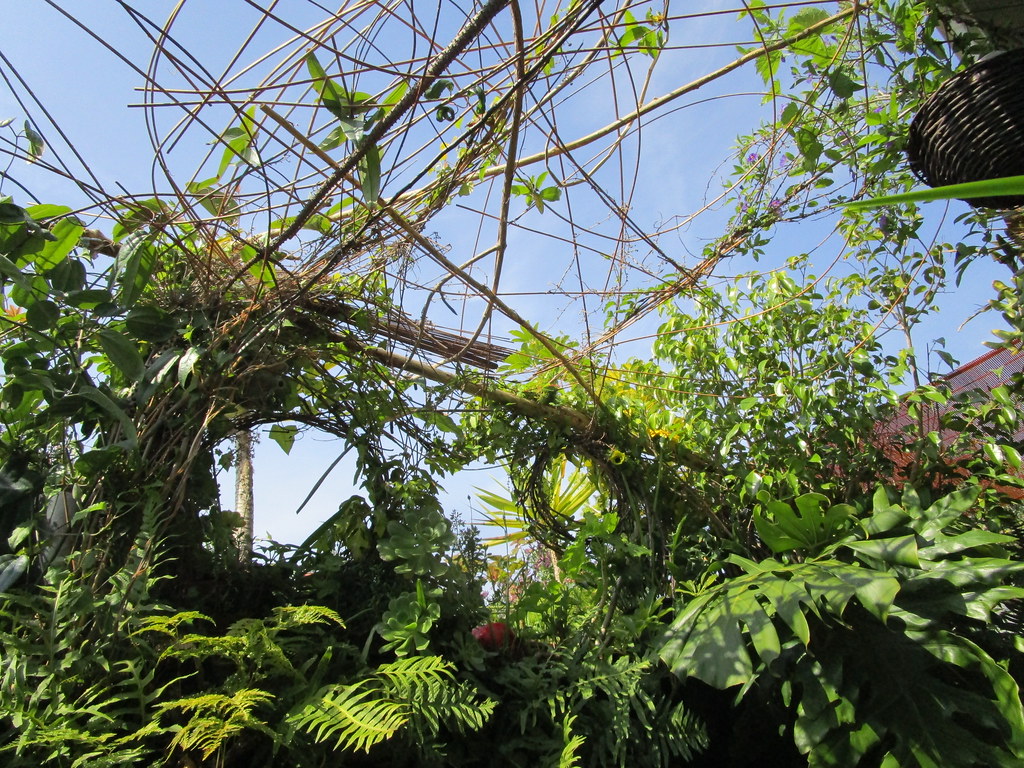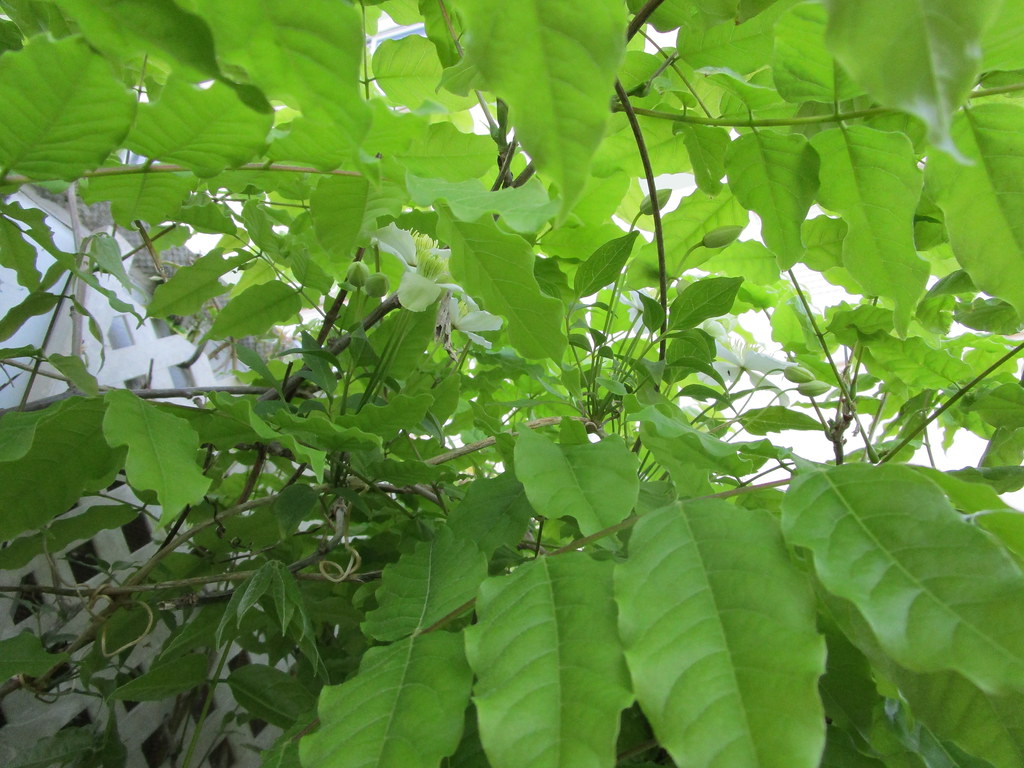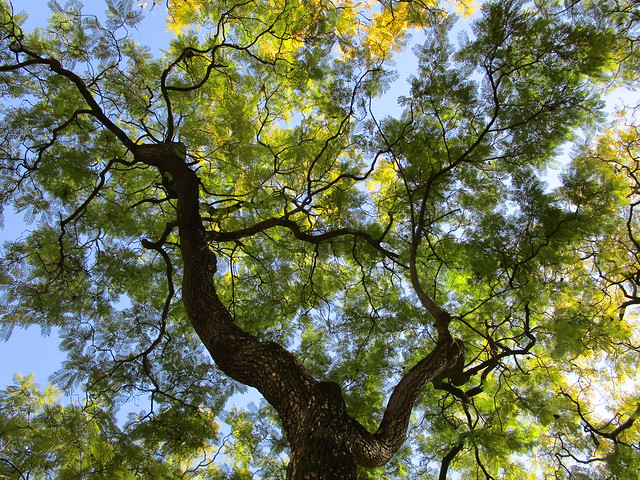"To the extent people prioritize values and goals such as achievement, money, power, status and image, they tend to hold more negative attitudes towards the environment, are less likely to engage in positive environmental behaviours, and are more likely to use natural resources unsustainably." Tim Cromptron & Tim Kasser, 2009. Meeting Environmental Challenges: The Role of Human Identity. Image by Monica Pinheiro, license CC BY-NC-SA (CC)
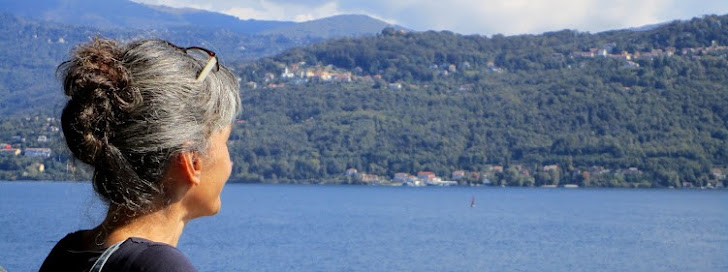
"The person figured here is not an autonomous, rational actor but an unfolding, shifting biography of culturally and materially specific experiences, relations, and possibilities inflected by each next encounter (...) in uniquely particular ways." (Lucy Suchman, Human-machine reconfigurations: plans and situated actions, 2009, 281)
May 26, 2019
Behaviours
May 15, 2019
Flourishing
«Homeostasis refers to the fundamental set of operations at the core of life, (...) is the powerful, unthought, unspoken imperative, whose discharge implies, for every living organism, small or large, nothing less than enduring and prevailing. (...) The part (...) that concerns "enduring" (...) produces survival and is taken for granted without any specific reference or reverence whenever the evolution of any organism or species is considered. The part of homeostasis that concerns "prevailing" (...) ensures that life is regulated within a range that is not just compatible with survival but also conductive to flourishing, to a projection of life into the future of an organism or a species.» Antonio Damasio, 2019. The Strange Order of Things. Vintage Books. Image by Monica Pinheiro, license CC BY-NC-SA (CC)
by
Monica Pinheiro
0
comments
 Labels:
1 day flower,
bloom,
books,
define,
enduring,
garden,
homeostasis,
life,
May,
prevailing
Labels:
1 day flower,
bloom,
books,
define,
enduring,
garden,
homeostasis,
life,
May,
prevailing
May 10, 2019
May
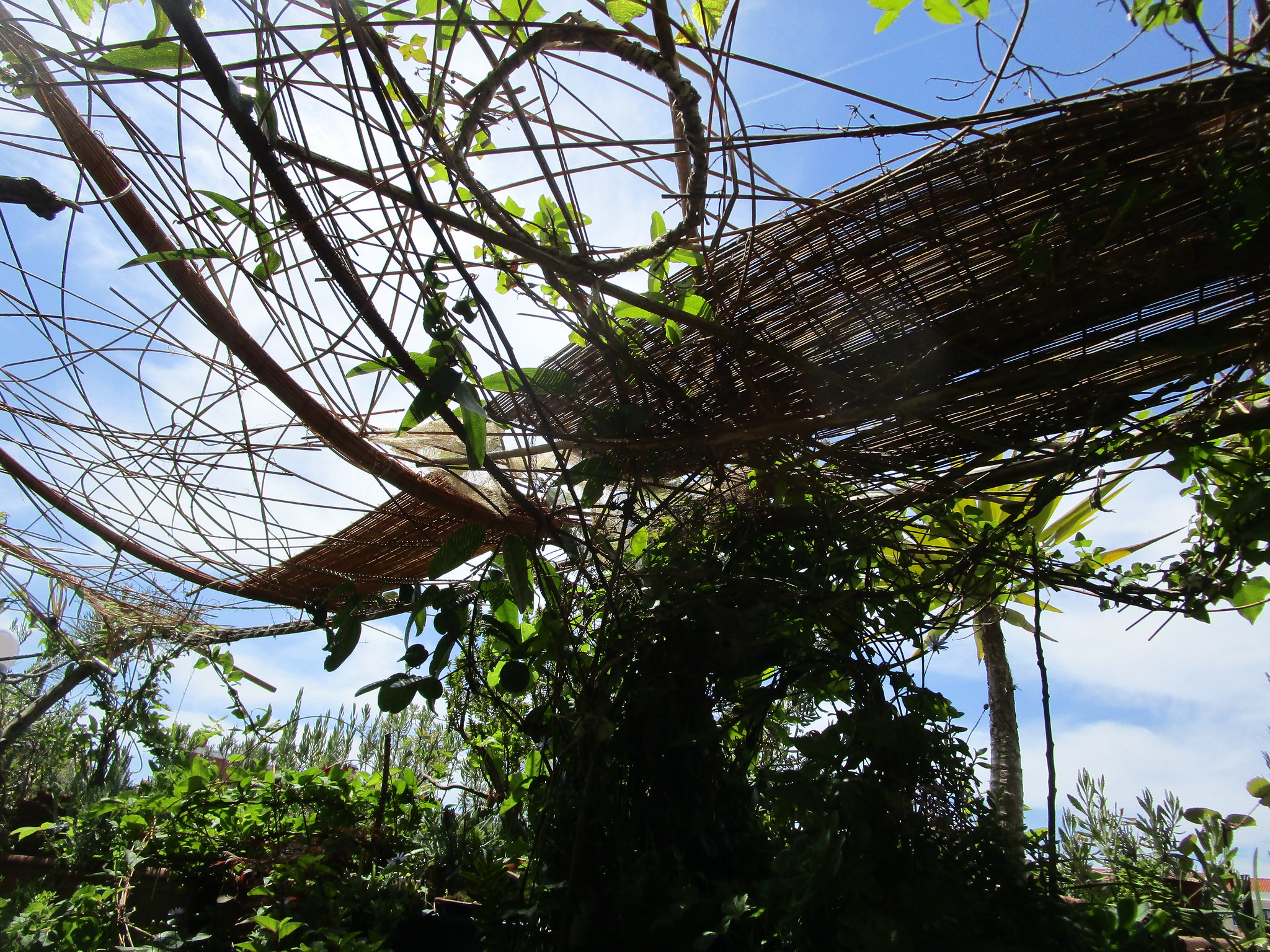
"Cyberstalking is the use of the Internet or other electronic means to stalk or harass an individual, group, or organization. Cyberstalking is often accompanied by realtime or offline stalking. (...) motivated by a desire to control, intimidate or influence a victim. A stalker may be an online stranger or a person whom the target knows. (...)
Cyberstalking is a technologically-based "attack" on one person who has been targeted specifically for that attack for reasons of anger, revenge or control.
(...) Mental profiling of digital criminals has identified psychological and social factors that motivate stalkers as: envy; pathological obsession (professional or sexual); unemployment or failure with own job or life; intention to intimidate and cause others to feel inferior; the stalker is delusional and believes he/she "knows" the target; the stalker wants to instill fear in a person to justify his/her status; belief they can get away with it (anonymity); intimidation for financial advantage or business competition; revenge over perceived or imagined rejection.
(...)
the general profile of the harasser is cold, with little or no respect for others. The stalker is a predator who can wait patiently until vulnerable victims appear, such as women or children, or may enjoy pursuing a particular person, whether personally familiar to them or unknownn" Wikipedia: cyberstalking. Image by Monica Pinheiro, license CC BY-NC-SA (CC)
2021 11 23 Note: Em PT, ver 20 anos de Convenção sobre o cibercrime.
by
Monica Pinheiro
0
comments
 Labels:
cyberstalking,
define,
invisible crimes,
perpetrators,
profile,
stalking,
technology readiness
Labels:
cyberstalking,
define,
invisible crimes,
perpetrators,
profile,
stalking,
technology readiness
May 6, 2019
May

"Focus on enjoying your dayly rituals, using them as tools to enter a state of flow. Don't worry about the outcome - it will come naturally. Happiness is in the doing, not in the result." Héctor Garcia and Francesc Miralles, 2017. Ikigai. Penguin. Image by Monica Pinheiro, license CC BY-NC-SA (CC)
May 5, 2019
mother nature
Image by Monica Pinheiro, license CC BY-NC-SA (CC)
Apr 12, 2019
Apr 11, 2019
April
Mon'Ami. (Bosques na cidade / Small forests in the city). Image by Monica Pinheiro, license CC BY-NC-SA (CC)
Apr 9, 2019
Apr 2, 2019
April
 |
| Image by Monica Pinheiro, license CC BY-NC-SA (CC) |
Mar 31, 2019
March
"When one becomes a child of nature, one is encompassed by a natural beauty that only nature can give. The more one returns to the bosom of nature, the more intense that beauty becomes." (Soetso Yanagi, 2018. The Beauty of Everyday Things. Penguin Classics. Image by Monica Pinheiro, license CC BY-NC-SA (CC)
March
"There is no linear increase in fluidity without extensive systems of immobility." Elliott & Urry, 2010. Mobile Lives. Image by Monica Pinheiro, license CC BY-NC-SA (CC)
by
Monica Pinheiro
0
comments
 Labels:
books,
fluidity,
immobilities,
infrastructure,
mobility,
platforms
Labels:
books,
fluidity,
immobilities,
infrastructure,
mobility,
platforms
Mar 29, 2019
Mar 20, 2019
March
"This is the third in a series of reports on the circular economy in support of the framing, implementation and evaluation of European circular economy policy from an environmental perspective. The two previous reports applied a systemic approach to framing a circular economy and to the products within it. This report on the bioeconomy addresses circularity aspects of bio-based products and the sustainable use of renewable natural resources." The circular economy and the bioeconomy — Partners in sustainability. Image by Monica Pinheiro, license CC BY-NC-SA (CC)
Mar 4, 2019
Jan 26, 2019
January
"(...) the feel of the stone beneath my feet, the colour and the smell of the sea, the caress of the breeze on my cheek, the texture of the air against my skin. I breathed deeply, as if inhaling the world anew" Lily Prior, 2001. La Cucina.
Image by Monica Pinheiro, license CC BY-NC-SA (CC)
Jan 14, 2019
Jan 2, 2019
January
"I planted seeds in a beautiful garden that I will never see and they will become tall trees. I left some love and fantasies. This is my legacy. Dream it all for me." Rise up, wise up, eyes up. Ibeyi, 2018. Image by Monica Pinheiro, license CC BY-NC-SA (CC)
by
Monica Pinheiro
0
comments
 Labels:
blue jacaranda,
Campo Pequeno,
gardens,
jacaranda,
Jacaranda mimosifolia,
january,
Lisbon
Labels:
blue jacaranda,
Campo Pequeno,
gardens,
jacaranda,
Jacaranda mimosifolia,
january,
Lisbon
Dec 25, 2018
Biodiversity-rich areas
"Urban Green Infrastructure (UGI) refers to the strategically managed network of urban green spaces and natural and semi-natural ecosystems situated within the boundary of an urban ecosystem. These high-quality, biodiversity-rich areas can help make cities more sustainable and contribute to solve many challenges, such as air pollution, noise, climate change impacts, heat waves, floods and public health concerns. As cities grow and develop, it is vital to improve the availability, quality and accessibility of UGI." MAES Joachim, ZULIAN Grazia, GUENTHER Susann,THIJSSEN Martijn, RAYNAL Julie, 2019. Enhancing Resilience Of Urban Ecosystems through Green Infrastructure (EnRoute). Image by Monica Pinheiro, license CC BY-NC-SA (CC)
Dec 21, 2018
Dec 19, 2018
(re)encountering spaces
"(...) new technologies inherently cause people to reencounter spaces. This is not a question of mediation, but rather one of simultaneous layering. (...) The spaces into which new technologies are deployed are not stable, not uniform, and not given." P. Dourish & G. Bell (2007). The infrastructure of experience and the experience of infrastructure: meaning and structure in everyday encounters with space. Environment and Planning B: Planning and Design, vol. 34(3), pp.414-430. Image by Monica Pinheiro, license CC BY-NC-SA (CC)
by
Monica Pinheiro
0
comments
 Labels:
december,
infrastructures,
layering,
space,
technology,
unpredictable
Labels:
december,
infrastructures,
layering,
space,
technology,
unpredictable
Dec 4, 2018
December
Image by Monica Pinheiro, license CC BY-NC-SA (CC)
Nov 29, 2018
Nov 28, 2018
Nov 22, 2018
November
Nov 11, 2018
November
Image by Monica Pinheiro, license CC BY-NC-SA (CC)
Oct 12, 2018
Geographies of Mobilities
"The rhythms of commuting are exceedingly diverse and shaped by numerous factors, including the mode of transport and its particular affordances, cultural practices and social conventions, modes of regulation, the distance travelled and the specificities of the space passed through. (...) The spatial scales of travel vary according to weather a journey conjoins home and work over short distances or extends many miles, or occurs on large highways, smaller roads or railways."Tim Edensor. Commuter: Mobility, Rhythm and Commuting. in Tim Cresswell and Peter Merriman (2016). Geographies of Mobilities: practices, spaces, subjects. Routledge. Image by Monica Pinheiro, license CC BY-NC-SA (CC)
Oct 11, 2018
Sep 23, 2018
Sep 3, 2018
September
Are full of trees and changing leaves."
in To The Lighthouse, Virginia Woolf.
Image by Monica Pinheiro, license CC BY-NC-SA (CC)
Aug 20, 2018
Aug 18, 2018
August
Image by Monica Pinheiro, license CC BY-NC-SA (CC)
August
"The sun glistens on the leaves in a way I've never seen. It's real. Not like the sun in the Dome. (...) Mother Nature is always one step ahead when it comes to beauty. She's quite the artist." Giovanna and Tom Fletcher, 2018. Eve of Man. Penguin Books. Image by Monica Pinheiro, license CC BY-NC-SA (CC)
Aug 16, 2018
Forests and Climate
In the begining of 19th century, "Humboldt was the first to explain the fundamental functions of the forest for the atmosphere and the climate: the trees' ability to store water and to enrich the atmosphere with moisture, their protection of the soil, and their cooling effect. (...) The effects of the human species' intervention were already 'incalculable', Humboldt insisted, and could became catastrophic if they continued to disturb the world so 'brutally'. " in Andrea Wulf, 2016, The Invention of Nature. Image by Monica Pinheiro, license CC BY-NC-SA (CC)
Aug 10, 2018
August
"Mycorrhizal networks (also known as common mycorrhizal networks or CMN) are underground hyphal networks created by mycorrhizal fungi that connect individual plants together and transfer water, carbon, nitrogen, and other nutrients and minerals. The formation of these networks is context dependent, and can be influenced by factors such as soil fertility, resource availability, host or myco-symbiont genotype, disturbance and seasonal variation." Image by Monica Pinheiro, license CC BY-NC-SA (CC)
Aug 2, 2018
Forest
‘forest’ means an area of land defined by the minimum values for area size, tree crown cover or an equivalent stocking level, and potential tree height at maturity at the place of growth of the trees as specified for each Member State in Annex II. It includes areas with trees, including groups of growing, young, natural trees, or plantations that have yet to reach the minimum values for tree crown cover or an equivalent stocking level or minimum tree height as specified in Annex II, including any area that normally forms part of the forest area but on which there are temporarily no trees as a result of human intervention, such as harvesting, or as a result of natural causes, but which area can be expected to revert to forest;"in Regulation (EU) 2018/841 of the European Parliament and of the Council of 30 May 2018 on the inclusion of greenhouse gas emissions and removals from land use, land use change and forestry in the 2030 climate and energy framework, and amending Regulation (EU) No 525/2013 and Decision No 529/2013/EU (Text with EEA relevance). Image by Monica Pinheiro, license CC BY-NC-SA (CC)
Subscribe to:
Posts (Atom)

